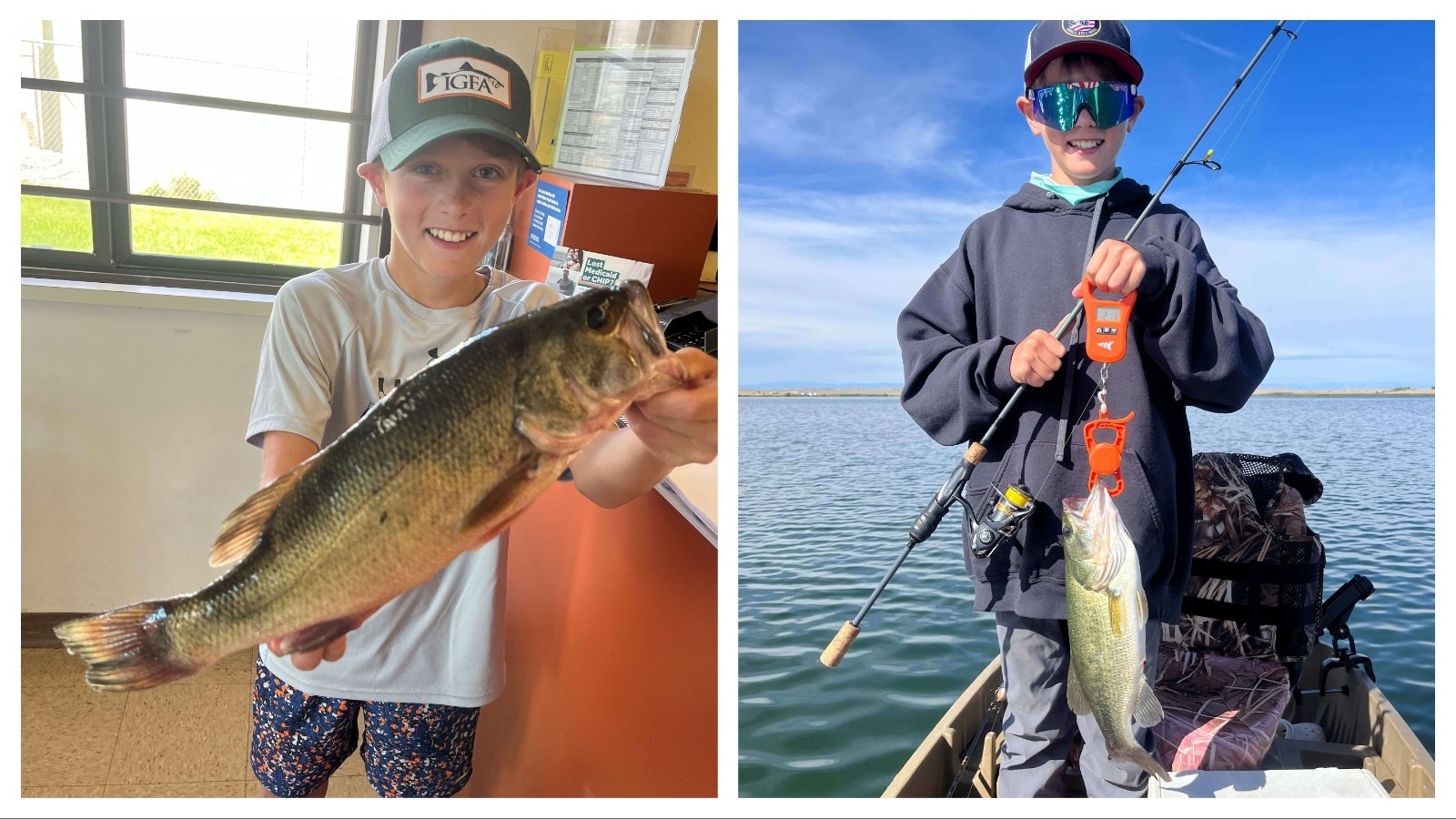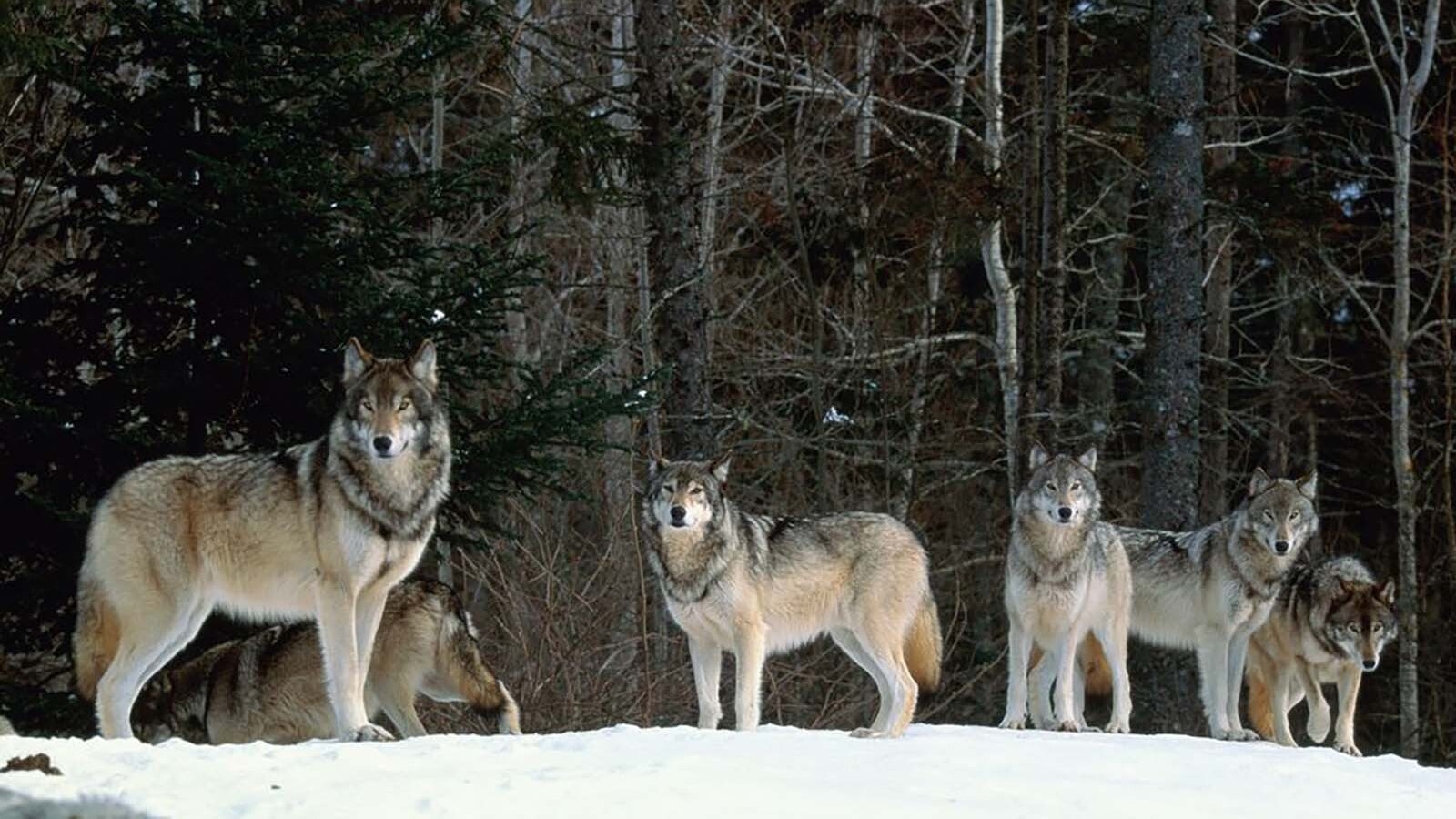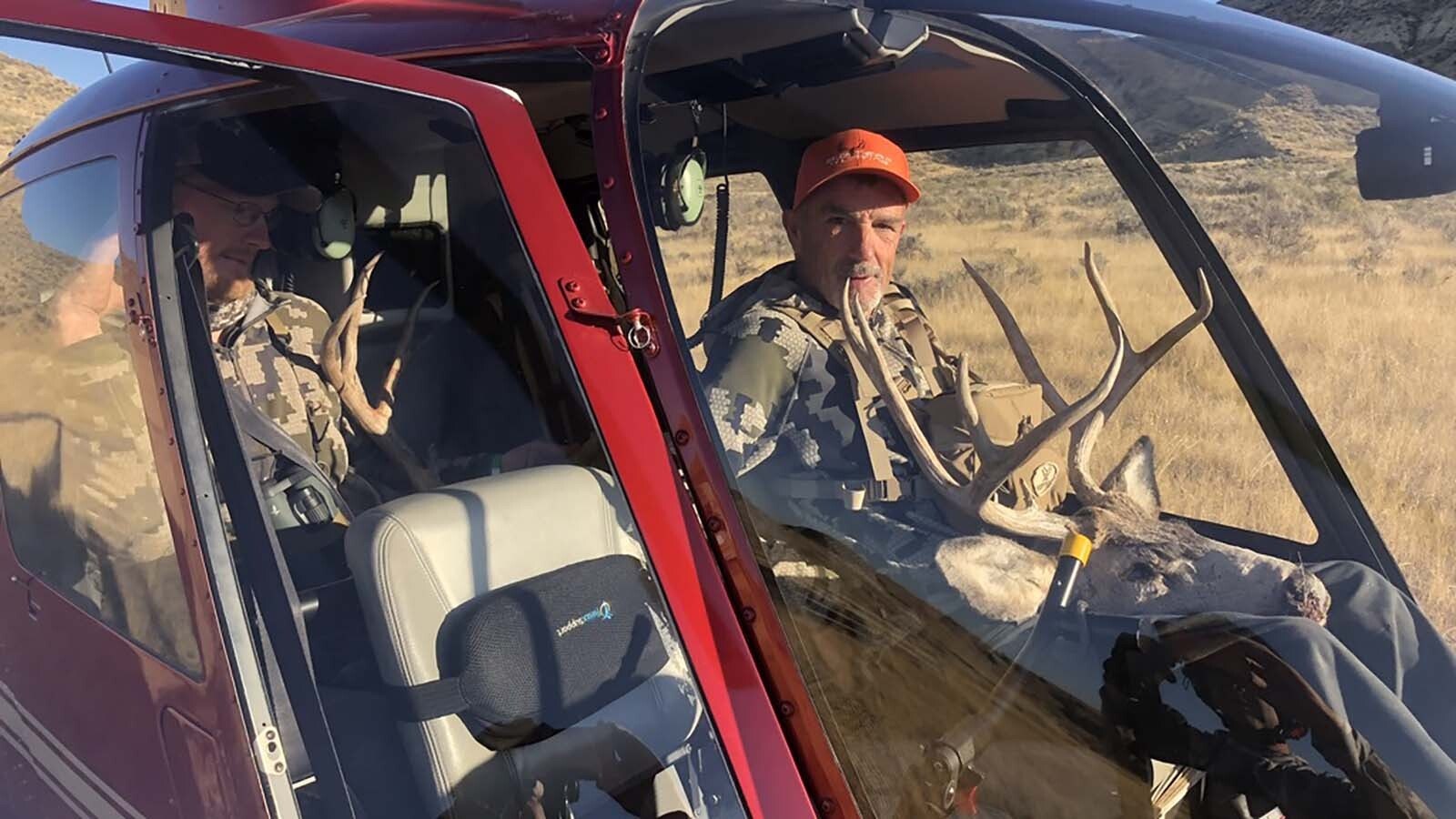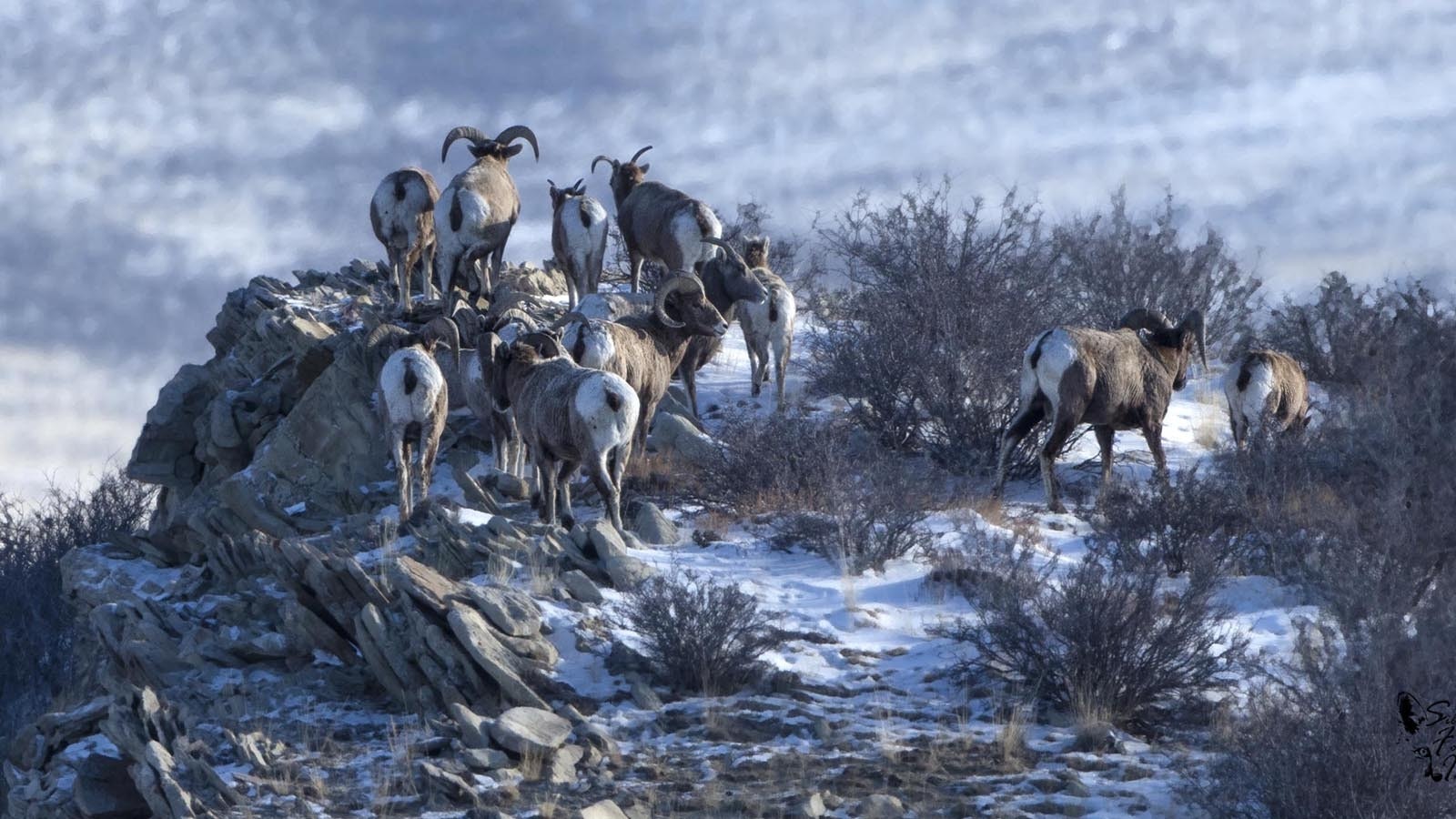GIRDWOOD, Alaska — It was the end of an epic day. Three old friends from Minnesota had reunited on a skiing bucket-list trip in Alaska’s Chugach Mountains.
At around 3:30 p.m. on March 4 near the West Fork of 20 Mile River outside Girdwood, Alaska, the snowpack suddenly fractured a half a mile across. This released a torrent of snow downhill and toward the three men. They were prepared, outfitted with avalanche beacons and avalanche airbags.
On March 12, the Anchorage Daily News reported new details about how the tragedy unfolded.
"A guide went out first and opened the run, laying down a line for the group to follow, according to an account from a friend of the four men," reported the Daily News. "The surviving skier was second to transit the slope, then the three men were caught in the avalanche as they moved across. Chugach Powder Guides said the three men deployed airbags designed to help users stay near the surface of a moving avalanche.
Through the force of granular physics, inflated airbags can keep skiers above the snow when hit by an avalanche.
But not an avalanche this massive.
As the slide picked up speed, according to a statement released by Chugach Powder Guides spokeswoman Tracey Knutson, the avalanche hurtled from about 3,500 feet in altitude to 700 feet.
“Three guides on scene immediately issued a rescue alert and initiated rescue response,” Knutson said in a statement. As more guides from helicopters in the area arrived to help, they picked up signals from the victims’ emergency beacons but decided there were not enough resources on site to safely recover them, Knutson said.
The three men perished. They remained buried for more than a week because the location was only reachable by air and was prone to additional slides.
“The beacon’s last signal indicated they were buried between 40 feet and nearly 100 feet deep at the bottom of a steep section of terrain,” reported the Alaska State Troopers in its March 7 Daily Dispatch.
“Due to a high risk of additional avalanches… the team has reached the consensus that recovery efforts are unfortunately not possible until conditions improve that allow for the safety of rescue teams who will need to spend significant time in the area,” continued the Dispatch, adding, “It is the safest path forward for everyone involved.”
Dream Trip
The Chugach Mountains shoot up from near sea level not far from Anchorage.
"There’s world-class backcountry skiing and ski mountaineering within a 20-minute drive of downtown Anchorage," according to a web post by the Chugach Mountain Institute. The mountain range offers deep snow and expansive mountain faces that started attracting ski film companies in the 1990s because the terrain was so dynamic and photogenic.
Jackson native Mike Overcast was among the pioneers to develop the region’s thriving helicopter-skiing industry, according to a profile by SKI Magazine posted online in December, 2024.
“He helped bring Alaskan heli-skiing to the well-heeled masses,” reported SKI Magazine. “Pro skiers had been buzzing around the Alaskan backcountry for years, but Chugach Powder Guides was the first operation that really opened the door to stockbrokers and doctors.”
This snow sports playground has always presented risks.
A 1996 report in the journal "Avalanche Dynamics and Defence," detailed how, "The Chugach Mountains on the southern coast of Alaska have been the location of the annual World Extreme Ski Championships. Many recent ski media articles have characterized the Chugach snowpack as stable. However, the Chugach Range is subject to both extreme maritime and continental climatic influences which combine to produce one of the most complex snowpacks in North America."
Those complexities will get a thorough examination in the coming weeks and months as avalanche forecasters in Alaska conduct a post-mortem investigation into the events leading to the tragic slide on March 4 near Girdwood.
The three victims — David Linder, 39, Charlie Eppard, 39, Jeremy Leif, 38 — were friends from Minnesota. Linder worked in radio and Eppard, who lived in Bigfork, Montana, worked remotely for IBM, according to reporting by the Associated Press.
The Chugach National Forest Avalanche Information Center had indicated a significant avalanche risk in the area on March 4 for elevations above 1,000 feet, reported AccuWeather. The forecast cautioned about the potential for human-triggered avalanches because around 2 feet of fresh snow was resting on a frost layer and that created instability.
The three men were lost in the most fatal avalanche of the winter season so far, according to the National Avalanche Center. Each winter, 25 to 30 people die in avalanches in the U.S, and the 2024-2025 season has claimed 19, with Utah seeing the most fatalities at 5.
In Wyoming, a Jan. 4 slide on Togwotee Pass took the life of Lander skier Kenneth Goff.
Montana-Wyoming Connection
Dave Zinn, avalanche forecaster with the Gallatin National Forest Avalanche Center in Bozeman, Montana, told Cowboy State Daily that the March 4 slide near Girdwood was, “exceptional.”
Zinn, like others in his profession, awaits more details about all the factors that contributed to the size and lethality of the March 4 slide.
“The mountains have to be huge to generate that volume of snow,” said Zinn.
Really big avalanches compact at the bottom of the slide path, making it extra difficult to recover bodies because the fluffy powder gets compressed as tight as concrete.
“There was an avalanche in Colorado 2 or 3 years ago that was near Silverton that resulted in people buried about 20 ft deep,” said Zinn. “That was a prolonged recovery effort as well.
“It's really the depth and the hardness of the snow because when you're dealing with that volume of snow and that level of compaction, the folks at Silverton said they had to use chainsaws to cut blocks out of the snow.”
The Chugach Range isn’t always plagued with extreme avalanche danger. Over the years, it’s attracted many skiers and guides from Montana and Wyoming.
“There’s certainly a number of folks that have Southwest Montana and Wyoming connections on the guide side of this,” said Zinn “I texted one of them and I don't know if he was on the accident or not but just sort of reaching out to say we're thinking about him.”
The family of the victim from Montana, Charlie Eppard, put out a statement on March 11, saying, “He was a true adventurer at heart, always planning the next great journey, whether it was conquering a new peak, seeking out the perfect fishing spot, or dreaming up a grand family adventure. He had an innate ability to find excitement in the simplest of moments, reminding us all to live with joy and anticipation.”
Here’s a GoFundMe page set up to support Eppard's family.





